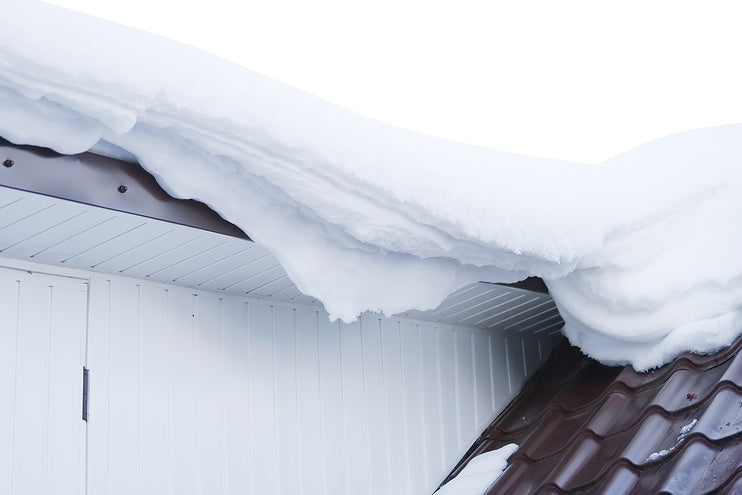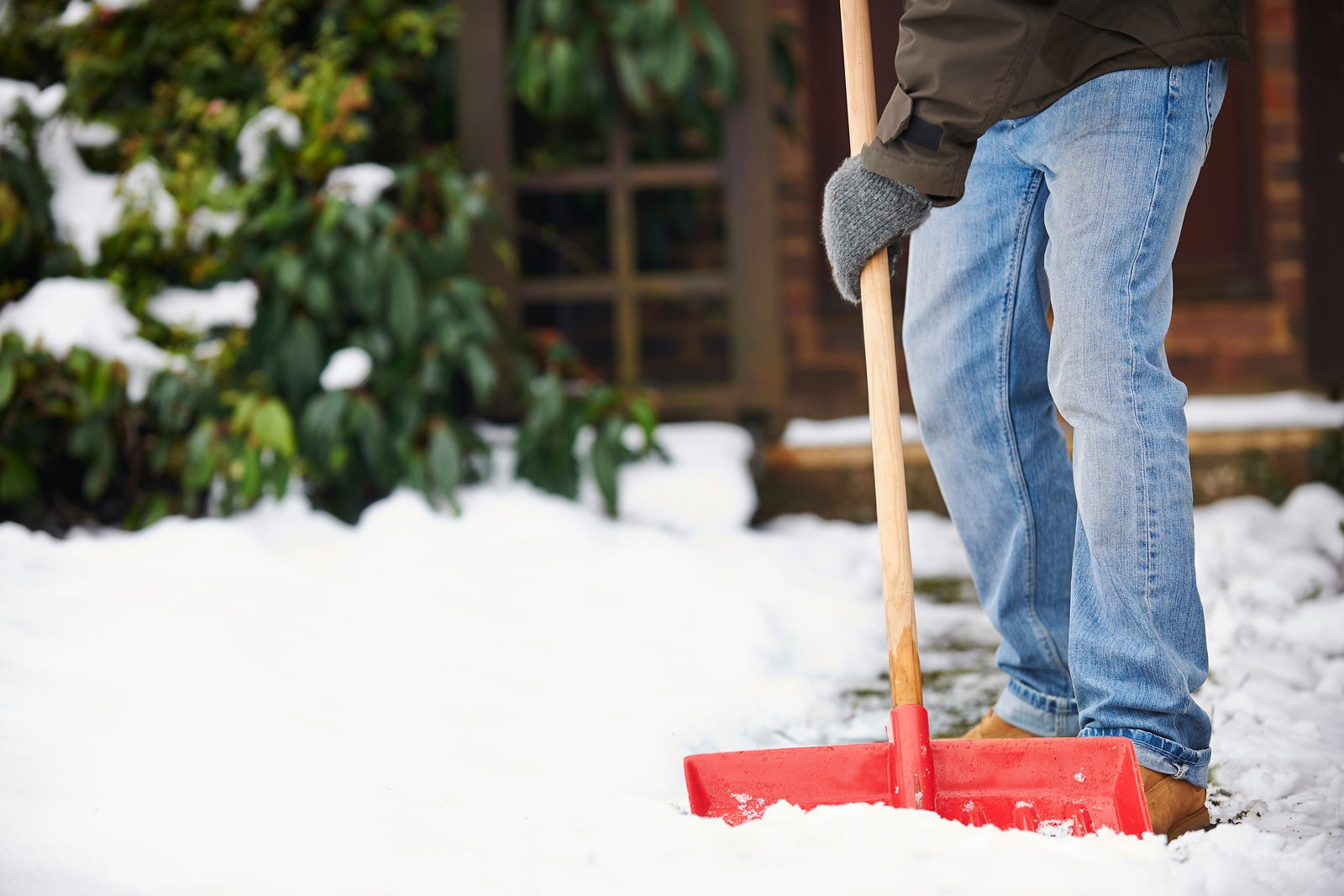
A big part of protecting the investment you have made in your home comes in the form of protecting your roof. Once winter hits, homeowners need to think about how to remove snow from this large surface. Just as there are dangers to letting snow accumulate too deeply or heavily on your rooftop, there are dangers involved in removing it.
When should you begin to remove snow from your roof, and what is the safest way to do it?
When to remove snow
Many people subscribe to the opinion that snow should never be allowed to accumulate on a roof and should be removed quickly. However, the problem with this approach is the risk of injury and/or roof damage. Therefore, the safest option is to remove snow only when absolutely necessary.
The first thing to consider is the amount of snow as compared to your roof's weight-bearing capability. Most newer buildings can carry loads of 40 pounds (18.14 kg) per square foot, but some older buildings are no longer up to this standard or never were to begin with. You should take action if your roof is carrying four feet (1.2 meters) of dry snow, which weighs around seven pounds (3.17 kg) per cubic foot, or two feet (.6 meters) of wet snow, which weighs about 12 to 18 pounds (5.4 to 8.2 kg) per cubic foot. Otherwise, you are risking structural damage or a wintertime roof leak.
Next, consider the pitch of your roof. A steep-pitched roof will more easily shed snow and snow melt-off. A flat roof will be far more likely to require manual snow removal.
Finally, consider the climate and weather forecast. If you live in an area with heavy snowfall and snow on your roof is already deep, don’t wait for the next storm overload it. If the weather is set to warm up a bit, this could cause the snow to partially melt and form an ice dam at your roof's edge.
How to remove snow from your roof
First, here’s how not to remove snow from a roof. Unless you are a professional roofer with the proper safety equipment, do not go on your roof and simply shovel off the snow. The risk of falling and of damaging your shingles is far too great.
The best do-it-yourself method is to use a snow rake, a long, adjustable-length pole with a flat piece of aluminum attached to the end at a 90º angle. A snow rake will remove snow from the eaves and as far up the roof as you can reach with the rake, helping to prevent ice damming, one of the biggest problems caused by a snowy roof.
With your roof rake in hand, get a firm footing on the ground and work your way around the house. Be careful not to clog up the gutters or downspouts with snow, and knock down any icicles dangling from the eaves. Remember to stand back from the roof's edge because snow can suddenly shift and fall on you if you are standing immediately below.
Tips for professionals
When you hire professionals to clear your roof of snow, be sure they follow these expert safety practices:
- DO NOT use metal shovels, which can cause roof damage. Plastic shovels will protect the surface of your roof
- DO NOT load up snow on the weaker sections of the roof, not even temporarily while removing it
- DO NOT ever drop snow over fire escapes or in front of a building's entry points
- DO remove snow starting from the ridge and working down to the eaves
- DO leave at least a couple inches of snow (instead of scraping the roof clean) to minimize the risk of roof damage
- DO focus on removing rooftop snow drifts first
- DO use roof fall harnesses and all other OSHA-required safety equipment
- DO review a blueprint of the roof or ask the homeowner (you) about the location of any vents, skylights, or other projections
- DO have a worker stationed below at all times to keep people from walking in areas where snow will be thrown off the roof or mark such areas well to give adequate warning
The safest option is to remove snow from your roof only when absolutely necessary. When it must be removed, it’s best to hire a professional service to remove snow from the entirety of your roof. If you only need to clear off the eaves and want to do it yourself, use a snow rake.


